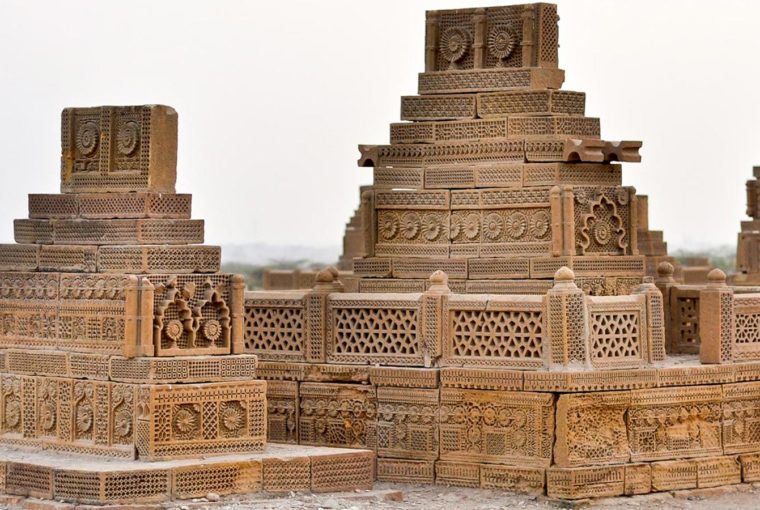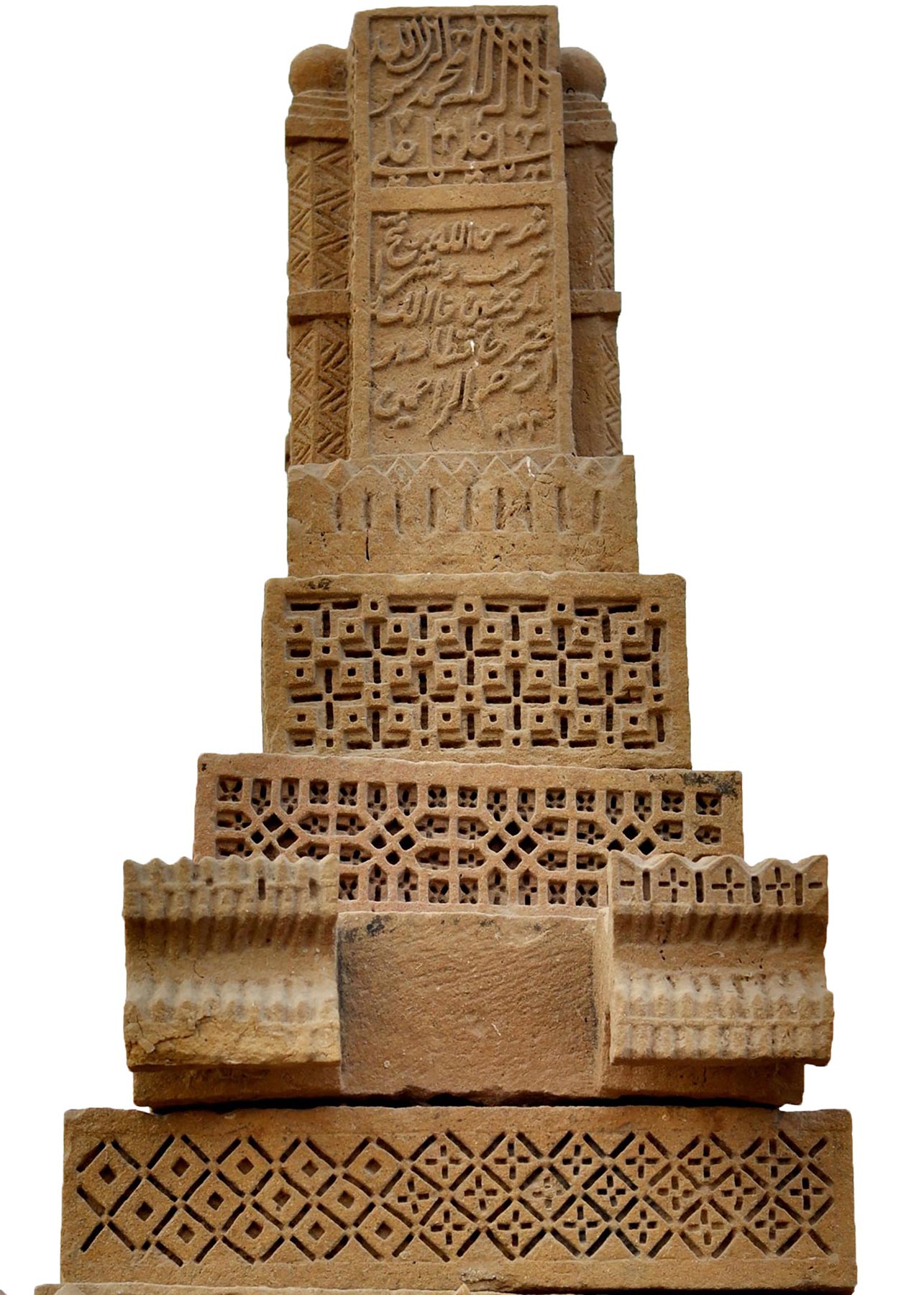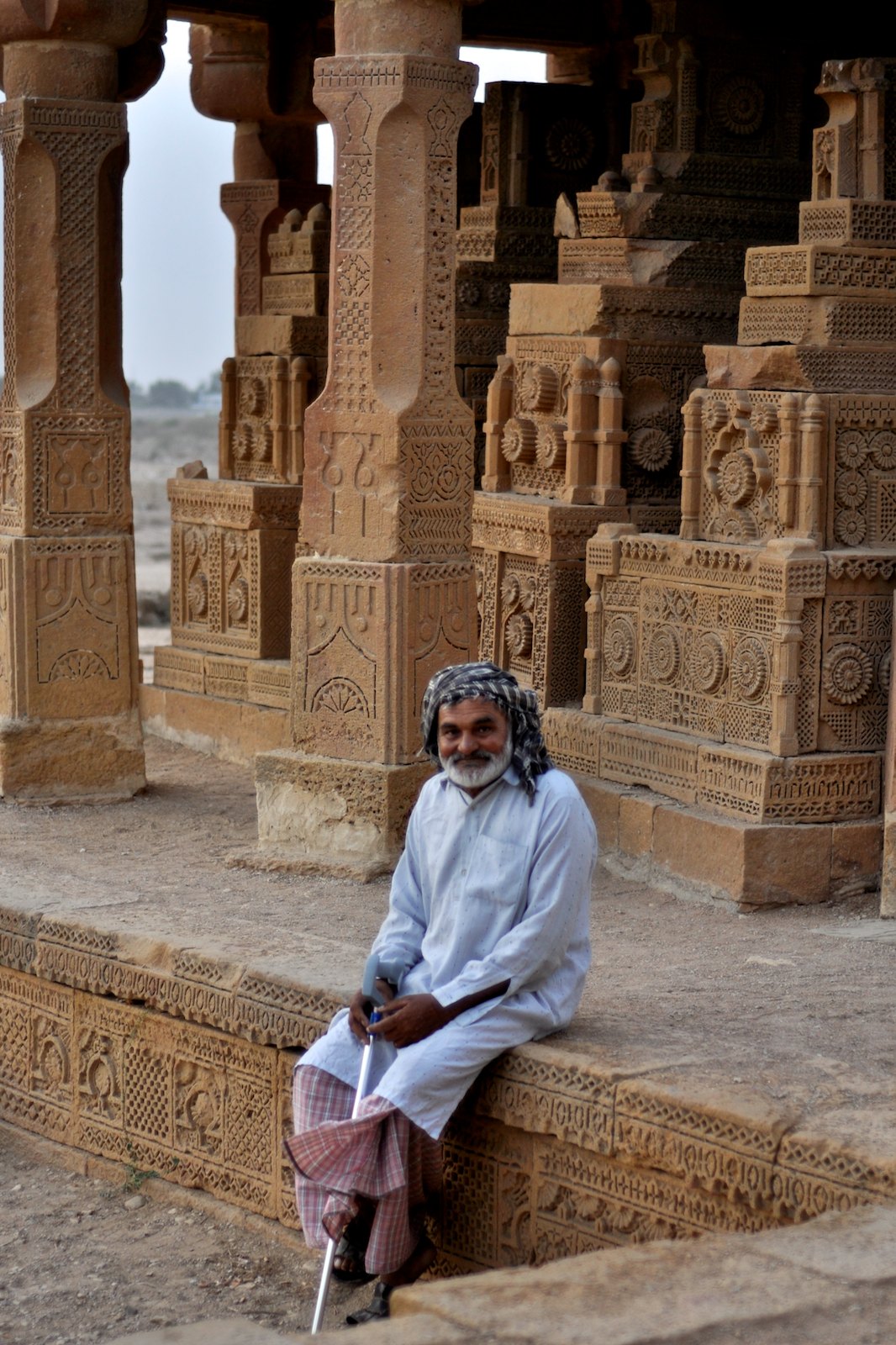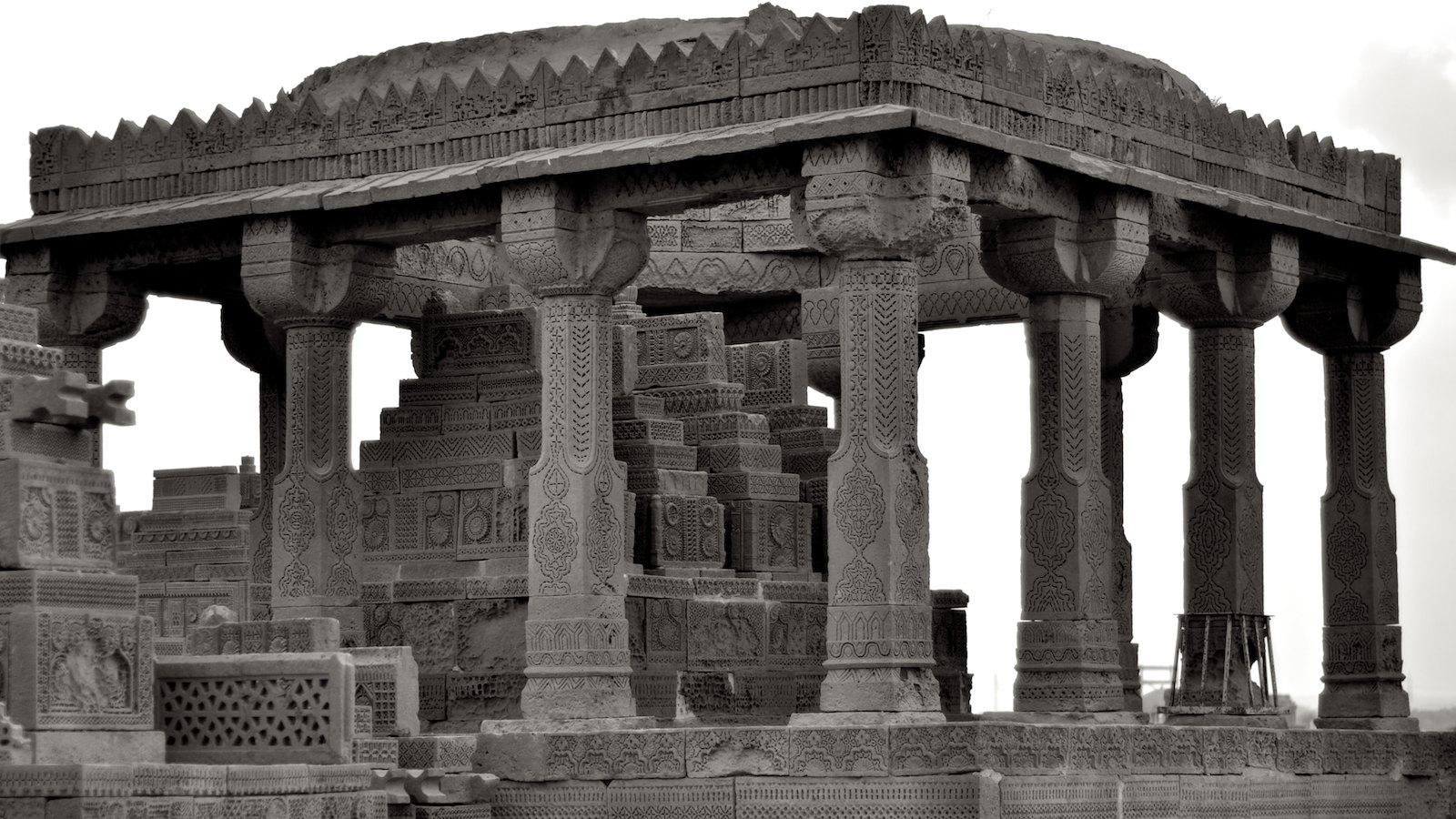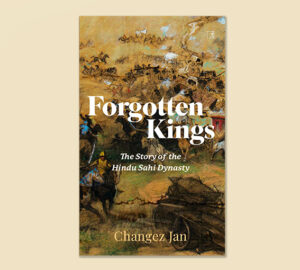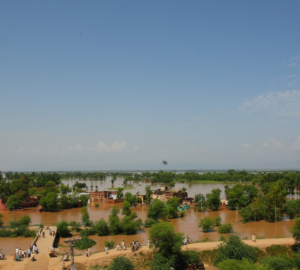At the end of a dusty road, hidden behind tankers parked by squatters, lies one of Pakistan’s oldest known heritage sites.
Some of the greatest and most-preserved archaeological artefacts of history that Pakistan possesses are situated in the unlikeliest and most neglected of places – in the outskirts of Karachi, deep within squatters’ territory and hidden behind a legion of tankers and trucks. A dusty old sign on the way to the National Highway tells you were to turn. You won’t notice it unless you were actively looking for it.
The drive has evolved over the years. From being a barren empty space, to the tanker mafia taking over with chai dhabas (tea stalls), dull men giving hostile looks to any ‘outsiders’ that dared venture into ‘their’ territory to them ‘softening up’ a bit to ‘tourists’ visiting the heritage site – the area has definitely changed from how it once used to be.
At around 30km from the centre of Karachi, the tombs at Toti Chowkandi (literal meaning: four corners) were named after Malik Tota Khan, a Kalamati tribal elder who is also buried there. The site predominantly contains tombs that were built for the Jokhio and Baloch tribes between the 15th and 18th centuries.
On every previous visit, one would encounter the smiling, somewhat enthusiastic and kind-eyed former caretaker of the Chowkandi Tombs, Allah Dino. He would speak passionately about the importance of preservation, how the presence of squatters affected the artefacts, the people and the society that created them in the first place and have long discussions on life and nature. He would point to king ants that have slowly built their own communities and highways in the area. Allah Dino had spent almost 40 years of his life taking care of the Chowkandi Tombs and he seemed to be one with the place. Unfortunately, he passed away last year. His nephew has now taken over.
The tombs themselves have been intricately carved into unique designs that can be found on the printed ajraks (traditional block-printed chadors) of Sindh. Each tomb is designed according to the gender of its occupant — men’s tombs have a tiny turban and swords on top of them whereas the women’s tombs have jewellery carved on to theirs. “Not a single design is repeated,” stressed Allah Dino on my first visit.
You will find similar carvings on tombs in Makli, Thatta. That’s not the only place. During a camping trip in interior Balochistan, one was surprised to come across similar grave sites dotted across the province.
Local people have held many superstitions as far as these tombs go. The graves belong to the rich and privileged – not everyone could afford to have their tombs intricately carved this way. So thieves often believe that hidden inside these beautifully carved graves, buried alongside their occupants, is ancient gold. And every few years, some miscreant or wannabe ‘tomb raider’ attempts to ‘rob’ them. Unfortunately, this results in them destroying some of the tombs and there’s little the caretakers can do to stop them. It’s only their own persons between the robbers and the graves — the last time I visited, the site didn’t even have a wall protecting its boundaries.
“I would have preferred they put a bullet through me instead of harming the tombs,” said Allah Dino, the last time this had happened nearly 5-6 years ago. “I spoke to the media. Our directors came to inspect the place. The police don’t know whom to catch. What can they do anyway? It was dark when it happened and this place is open from all sides. Anybody can just walk in. This place is very vulnerable to anyone who wishes to harm it.”
I’ve taken many travellers to Chowkandi and every one of them has been completely spell-bound by the beauty of the tombs. Personally, I feel the best time to go is either around sunrise or sunset as the stone from which the tombs are carved changes hues according to the light from the rising/setting sun. “The access is unbelievable,” said Gerratt, an American travel blogger who has been to more than 60 countries. “Back home, we wouldn’t even be allowed to come near a structure as old as this. It blows my mind how easily you can simply walk up to it and touch it.”
He looked around at the open sky, the dust rising from the occasional tanker that would take a ‘short cut’ through the site (yes, that actually happens) and the factory emitting fumes in the distance. “It’s crazy that this even exists, standing so exposed in a place like this,” he added. Unbelievable and crazy indeed.
There are many factors that pose risks to Chowkandi køb viagra. The approach to the site is littered with trash and squatters increasingly populate the surrounding area. Increasing commercialization is encroaching on the area right outside Chowkandi – not only leading one to miss the location from the main street but also exhibiting the indifference shown to an important heritage site. That is a disturbing revelation considering that Chowkandi is an important and established heritage site in Pakistan. While leaving the tombs and the ancient people buried in them, Allah Dino’s dying wish was that we should save this place.
Although at the moment Chowkandi is completely preserved and in far better shape than Makli (especially after last year’s rains), I’m not entirely sure I can say with complete confidence that we have lived up to this promise.


